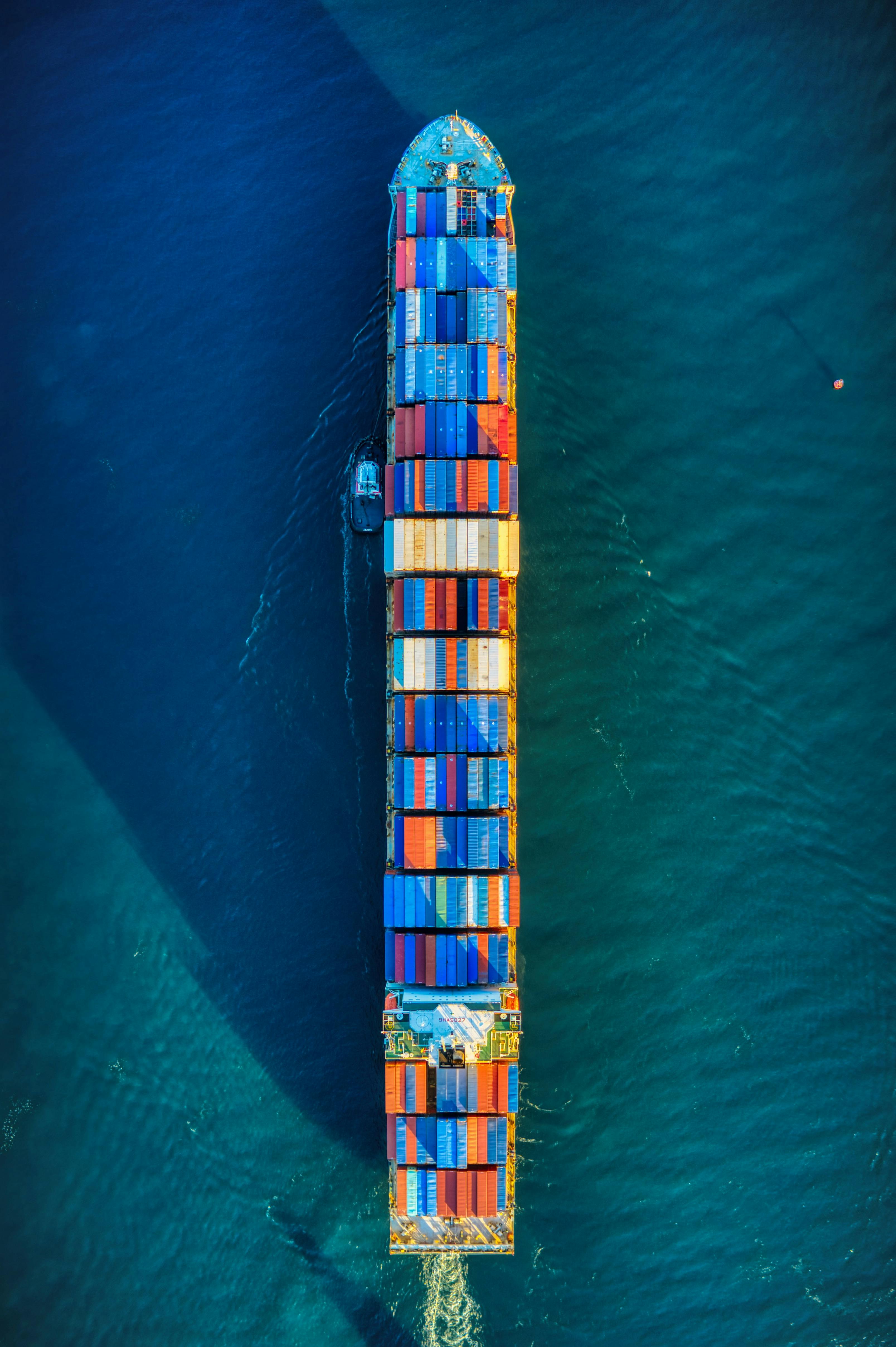Challenge: Seeking innovative solutions to automate and optimize container stowage planning
Background
Currently, a stowage planner at Milaha receives all details regarding containers nominated for a certain vessel, runs the semi-automatic stowage tool and manually checks and relocates each of the containers on board that vessel (e.g. transit containers go on top, refrigerated containers near to power plugs, etc.). The process is manual, time-consuming, and results are prone to human error.
Current planning process
Each port must be planned, since in each port, where the vessel arrives, she loads and discharges containers. The quantity of containers loaded and discharged may vary depending on the port and the conditions of the market.
Size of containers
The size and weight capacity of the containers is standardised globally as per international standards ISO 1496
Standard space
The container slots in the vessel are designed to accommodate standardised container sizes. However, a container vessel carries not only containers but also oversized cargo. Of this kind of cargoes, there are 2 types: “break bulk” (BBK) which is cargo that is stowed on board ship in individually counted units, usually due to their weight or size and “out of gauge” (OOG), which is any cargo that cannot be loaded into six-sided shipping containers simply because it is too large. For stowing those oversized cargoes, flat racks are usually used.
Additional to this oversized cargo types, there also special container types that need to be placed in specific locations of the vessel:
- Refrigerated containers which need to be placed in a specific area of the vessel where they can be plugged into the power supply for the refrigeration unit to work.
- Open Top container which is a standard container without a roof. Those are used for cargos that are considered over height preventing the stowage of other containers on top.
- Containers carrying Hazardous cargoes need to be placed as per IMDG recommendations.
As per intentional regulation, cargo carried in a sea vessel must be classified as per IMDG classification. Depending on the category the cargo must be placed in a specific part of the vessel. Also, there are restrictions regarding what cargo can be adjacent since some material could react chemically when being in close proximity.
Size of vessels
Vessel sizes go from less than 1.000 TEU up to 24.000 TEU (Twenty-foot equivalent unit - standard container size).
The Milaha fleet is in the range between 1.000 TEU and 5.000 TEU.
Size of containers: As per ISO 1496
Loading and unloading are affected by:
- Location of the container in the vessel
- Container cargo classification (dangerous, not dangerous)
- Container content (solid, liquid, bulk, empty)
- Type of container (reefer, dry, High Cube, Flat rack, Open Top)
- If Reefer needs to be plugged to power or not and the time its cargo can be held without powering the cooling unit.
- Container weight
- Loading plan and sequence. Containers are loaded and discharged during the same operation.
- Container origin and destination
- Restow avoidance
- Terminal yard plan
- Vessel balance and equilibrium
- Port cranes distance / proximity
- Port cranes size
- Amount of port cranes / gangs available in the current port and in the next port
- Visibility line
- Stack weight
- Ballasting
- Vessel's cargo-securing manual
- Containers lashing
Delivery constraints
The stowage is based on the criteria mentioned before. FIFO does not apply for stowage.
Once the container has been discharged, it is placed at the terminal yard, based on terminal's storage criteria. Usually, terminals manage 2 sections, one for departure / transhipments (containers in transit) and one for arrival. The pick-up and drop off of containers are usually based on appointments requested by cargo owners, logistics companies or shipping lines.
Containers can be brought or taken to/from the terminal using barges, trucks and trains or the container may be delivered into a Container Freight Station (CFS) located in the terminal for discharging.
Most of the errors related to poor stowage planning are reflected in the unbalancing of the vessel or loss of containers in the sea.
Key operational elements that make this process a challenge for automation
The fact that several elements and criteria must be considered simultaneously is key. For example, stowage cannot be planned only based on weight then you will have many restows and will make the port operation inefficient and slow. Additionally, container stowage cannot be planned based on destination alone as this can affect vessel stability.
